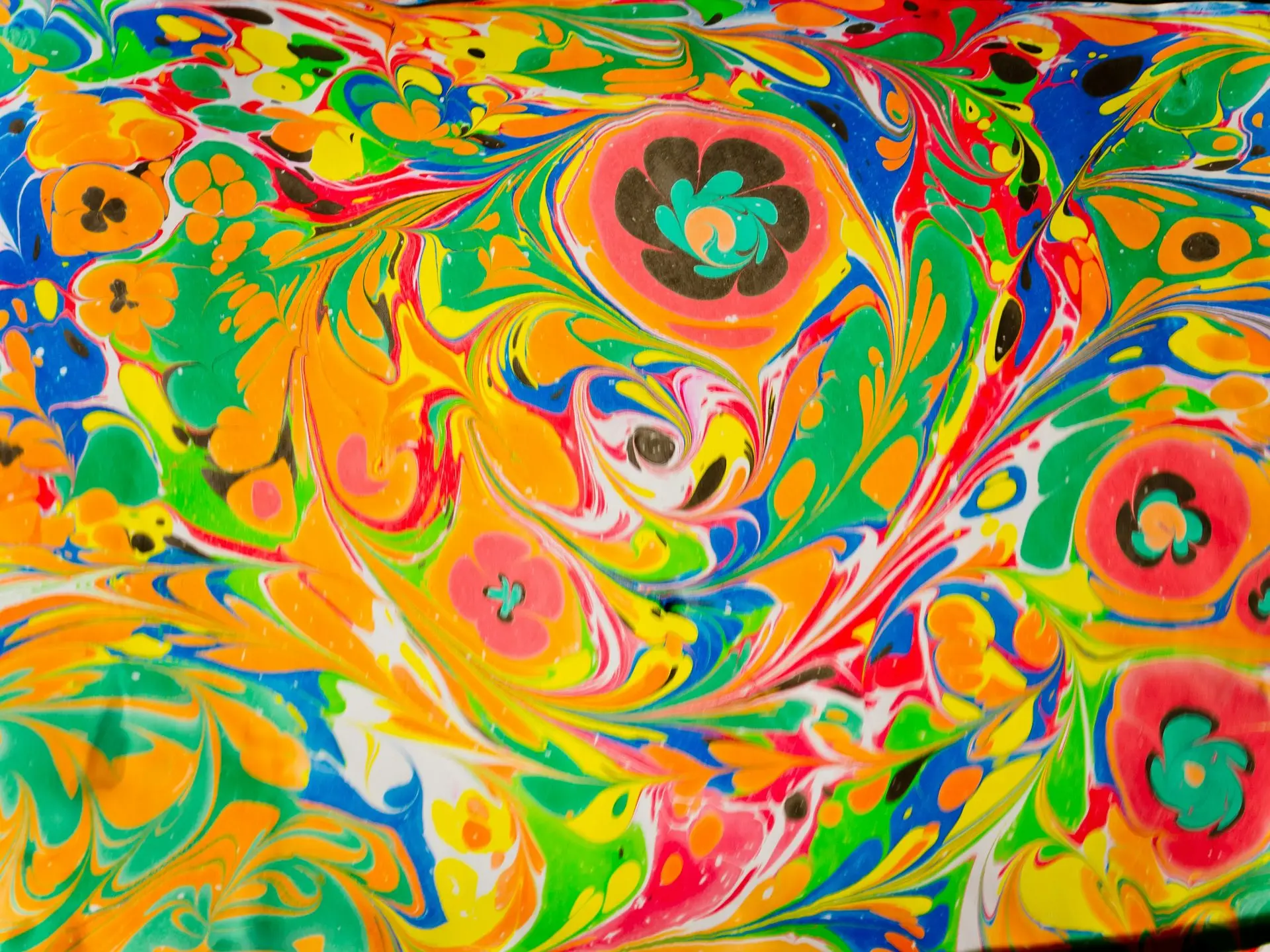Modernist Recipes: Creative Cooking

Looking for more amazing products? Check out our online store and explore our collection here! Happy shopping!
Before diving in, please note: This post is for informational purposes only. If you’d like to know more about how we approach topics, feel free to check out our friendly Disclaimer Page.
Hey there, amazing readers! 
We’re committed to delivering quality posts, and your support (even just sticking around despite the ads) means everything to us. So, bear with us, and thanks for helping us keep the good vibes rolling. Now, on to the fun stuff!
TRANSLATE BUTTON AT THE END OF THE ARTICLE
Introduction: The Evolution of Modernist Cuisine
Modernist cuisine has transformed the culinary world, pushing boundaries and redefining what it means to cook creatively.
This innovative approach to cooking blends science and art, resulting in dishes that are not only visually stunning but also incredibly delicious.
With roots in the late 20th century, modernist cuisine has evolved over the years, incorporating new techniques, ingredients, and technologies to create dishes that are truly unique and exciting.
Understanding Modernist Cooking Techniques
Modernist cooking techniques focus on precision and experimentation, allowing chefs to explore new flavors and textures in ways that were previously unimaginable.
From sous vide cooking to spherification, modernist techniques involve harnessing the principles of chemistry and physics to create dishes that are both innovative and delicious.
By understanding these techniques, chefs can unlock a world of possibilities in the kitchen.
Tools and Equipment for Modernist Recipes
To successfully execute modernist recipes, chefs need specialized tools and equipment that are designed to enhance the cooking process.
From immersion circulators for sous vide cooking to precision scales for accurate measurements, having the right tools can make all the difference in creating modernist dishes.
Other essential equipment includes vacuum sealers, whipping siphons, and agar agar for gelling agents, all of which play a crucial role in modernist cooking.
Key Ingredients for Creative Cooking
In modernist cuisine, ingredients are not just components of a dish; they are key players in the creative process.
Chefs often use ingredients in new and unexpected ways, harnessing their flavors and textures to create dishes that are truly unique.
Key ingredients in modernist cooking include hydrocolloids like xanthan gum and carrageenan, which are used to thicken and stabilize sauces and dressings, as well as liquid nitrogen for creating frozen desserts with a creamy texture.
Molecular Gastronomy: A Modernist Approach
Molecular gastronomy is a branch of modernist cuisine that focuses on the scientific principles behind cooking.
By understanding the chemical and physical processes that occur during cooking, chefs can manipulate ingredients in new and exciting ways.
From foams to gels to emulsions, molecular gastronomy allows chefs to push the boundaries of traditional cooking and create dishes that are truly innovative.
Deconstructing Traditional Dishes
One of the hallmarks of modernist cuisine is the practice of deconstructing traditional dishes and reimagining them in new and creative ways.
By breaking down classic recipes into their basic components and then rebuilding them with a modern twist, chefs can create dishes that are both familiar and unexpected.
Deconstructed dishes often play with texture, temperature, and presentation, resulting in a dining experience that is as visually stunning as it is delicious.
The Science Behind Modernist Cuisine
At the heart of modernist cuisine lies a deep understanding of the science behind cooking.
By delving into the chemical reactions, physical transformations, and culinary principles that underpin the cooking process, chefs can create dishes that are not only delicious but also technically impressive.
From understanding the Maillard reaction to harnessing the power of emulsions, modernist chefs use science to unlock the secrets of great cooking.
Texture Manipulation in Modernist Recipes
Texture manipulation is a key component of modernist cuisine, allowing chefs to play with the mouthfeel of dishes in new and exciting ways.
By using techniques like spherification to create spheres of liquid, or using hydrocolloids to create gels and foams, chefs can create dishes that have a surprising and delightful texture.
Texture manipulation adds a layer of complexity and interest to dishes, elevating them from simple to extraordinary.
Flavor Pairing and Innovation in Cooking
In modernist cuisine, flavor pairing is an art form, with chefs combining ingredients in unexpected and innovative ways to create dishes that are truly memorable.
By understanding the chemical compounds that give ingredients their flavors, chefs can create dishes that are harmonious and balanced.
Flavor pairing allows chefs to push the boundaries of traditional cooking and create dishes that are exciting, bold, and truly delicious.
Plating and Presentation in Modernist Cuisine
Plating and presentation are crucial elements of modernist cuisine, with chefs treating the plate as a canvas for their culinary creations.
From using tweezers to place microgreens with precision to creating intricate designs with sauces and purees, plating in modernist cuisine is a work of art.
By paying attention to every detail of presentation, chefs can elevate their dishes from simple meals to culinary masterpieces.
Discover "SUPERFOODS: The Key to Health and Balance
"
Tips for Success in Modernist Cooking
Success in modernist cooking requires a combination of creativity, precision, and experimentation.
To excel in this culinary realm, chefs should:
Familiarize themselves with modernist techniques and ingredients.
Invest in high-quality tools and equipment for precision cooking.
Practice patience and attention to detail in every dish.
Embrace experimentation and be open to trying new flavor combinations.
Seek inspiration from other chefs and cuisines to stay innovative and creative in the kitchen.
Exploring New Flavors and Techniques
Modernist cuisine offers chefs a playground for exploration, allowing them to push the boundaries of traditional cooking and create dishes that are truly unique and exciting.
By embracing new flavors, techniques, and ingredients, chefs can unlock a world of culinary possibilities.
Whether experimenting with molecular gastronomy or deconstructing classic dishes, modernist cuisine invites chefs to think outside the box and create dishes that are as visually stunning as they are delicious.
Conclusion
Modernist cuisine has revolutionized the way we think about cooking, blending science and art to create dishes that are innovative, creative, and delicious.
By understanding modernist techniques, ingredients, and tools, chefs can unlock a world of culinary possibilities and push the boundaries of traditional cooking.
With a focus on experimentation, precision, and creativity, modernist cuisine invites chefs to explore new flavors, textures, and techniques in the kitchen.
So, roll up your sleeves, grab your tools, and get ready to embark on a culinary journey like no other with modernist recipes.

The Enlightenment Journey is a remarkable collection of writings authored by a distinguished group of experts in the fields of spirituality, new age, and esoteric knowledge.
This anthology features a diverse assembly of well-experienced authors who bring their profound insights and credible perspectives to the forefront.
Each contributor possesses a wealth of knowledge and wisdom, making them authorities in their respective domains.
Together, they offer readers a transformative journey into the realms of spiritual growth, self-discovery, and esoteric enlightenment.
The Enlightenment Journey is a testament to the collective expertise of these luminaries, providing readers with a rich tapestry of ideas and information to illuminate their spiritual path.
Our Diverse Expertise
While our primary focus is on spirituality and esotericism, we are equally passionate about exploring a wide range of other topics and niches 

To ensure we provide the most accurate and valuable insights, we collaborate with trusted experts in their respective domains 
Our blog originally focused on spirituality and metaphysics, but we’ve since expanded to cover a wide range of niches. Don’t worry—we continue to publish a lot of articles on spirituality! Frequently visit our blog to explore our diverse content and stay tuned for more insightful reads.
Hey there, amazing reader! 
Check out our store here and take a peek at some of our featured products below! Thanks for being awesome!












